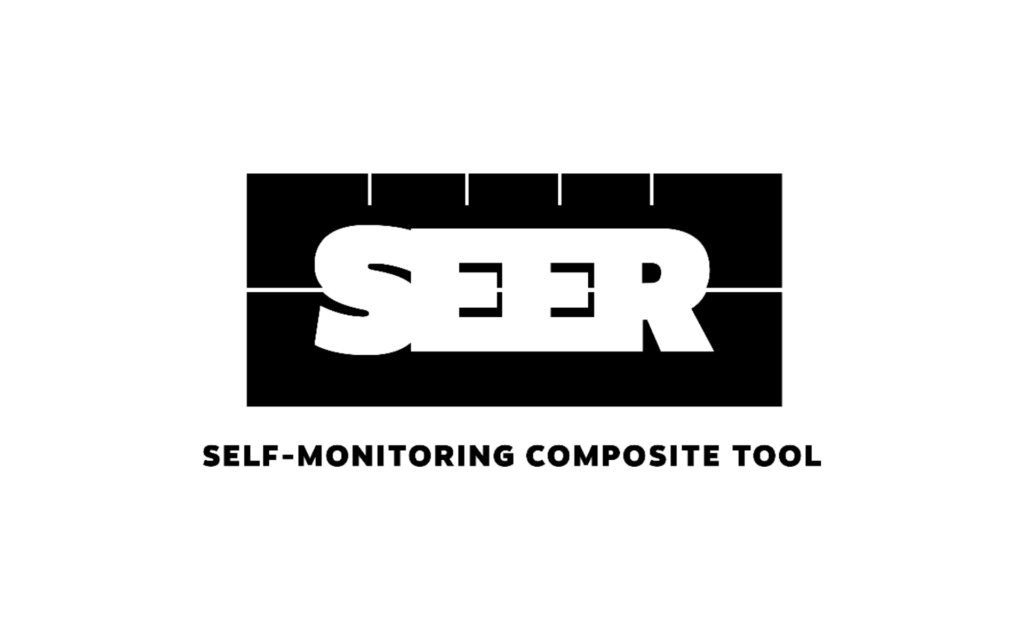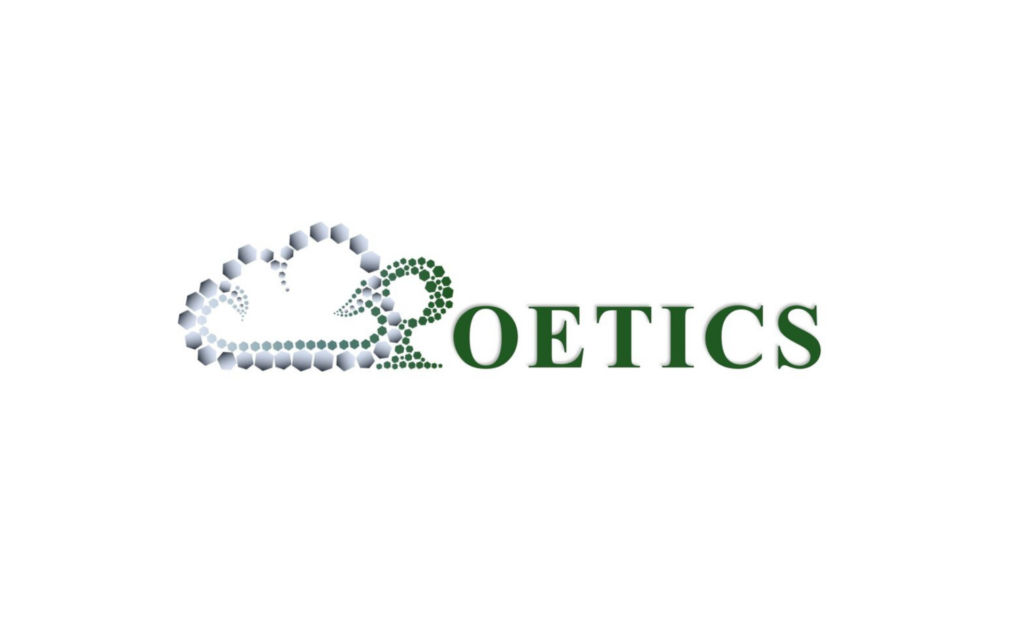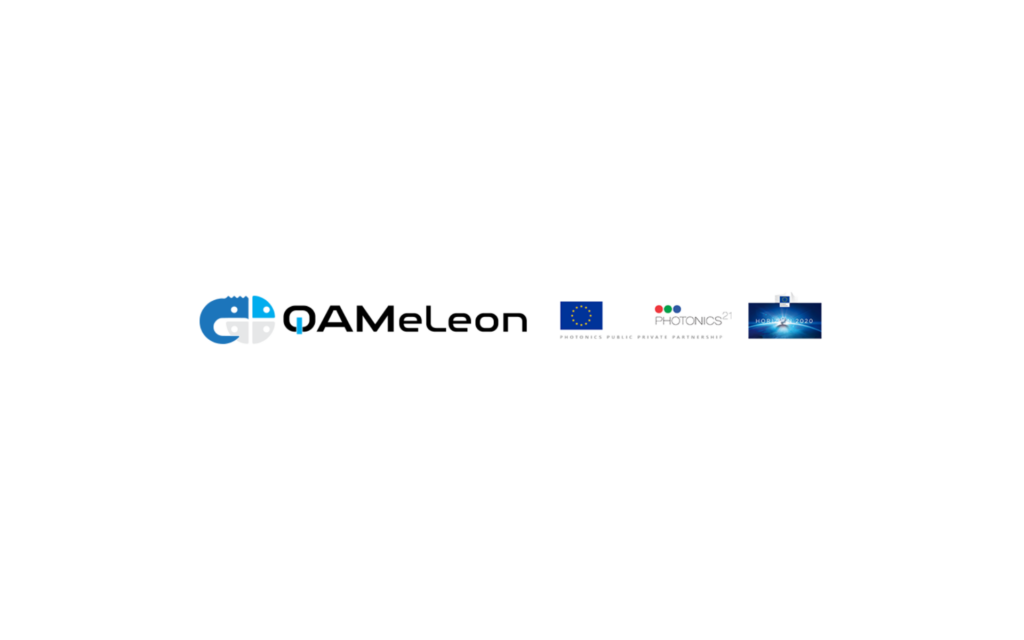Integrating 5G enabling technologies in a holistic service to physical layer 5G system platform [November 2020 – October 2023] PCRL coordinated the Int5Gent Project. Int5Gent focused on integrating innovative data plane technology building blocks within a flexible 5G network resource, slice, and application orchestration framework, providing a comprehensive 5G system platform for validating advanced 5G…
Tag Archives: Photonics Communications Research Laboratory (PCRL)
A “Smart” Self-monitoring composite tool for aerospace composite manufacturing using Silicon photonic multi-sEnsors Embedded using through-thickness Reinforcement techniques [January 2020 – December 2023] PCRL coordinated the SEER Project. SEER was an Innovation Action that aimed to develop smart self-monitoring composite tools, capable of measuring process and material parameters and, thus, providing real-time process control with…
Neuro-augmented 112Gbaud CMOS plasmonic transceiver platform for Intra- and Inter-DCI applications [January 2020 – December 2022] PCRL participated in the NEBULA Project. NEBULA aimed to provide the foundations for a common future-proof transceiver technology platform with ultra-high bandwidth capabilities, offered by a CMOS-compatible toolkit and tailored to meet performance, cost, and energy metrics in both…
CoPackaging of Terabit direct-detection and coherent Optical Engines and switching circuits in mulTIChip moduleS for Datacenter networks and the 5G optical fronthaul [January 2020 – December 2022] PCRL coordinated the POETICS Project. POETICS was an H2020 Research and Innovation project funded by the European Union, aiming to advance optical interconnect technology by enhancing performance, functionality,…
Towards the neW era of 1.6 Tb/s System-In-Package transceivers for datacenter appLIcations exploiting wafer-scale co-inteGration of InP membranes and InP-HBT elecTronics [December 2019 – November 2023] PCRL coordinated the TWILIGHT Project. The rise of IoT, 5G, and cloud applications led to a massive increase in datacenter traffic, driving demand for 400GbE and the ratification of…
A3D Photonic integration platform based on multilayer PolyBoard and TriPleX technology for optical switching and remote sensing and ranging applications [January 2018 – June 2021] PCRL coordinated the 3PEAT project. 3PEAT developed a powerful photonic integration technology with all size, functionality and quality credentials in order to help a broad range of optical applications like…
A unified network, Computational and stOrage resource Management framework targeting end-to-end Performance optimization for secure 5G muLti-tEchnology and multi-Tenancy Environmentsand InP-HBT elecTronics [December 2019 – November 2023] PCRL coordinated the 5G-COMPLETE Project. 5G-COMPLETE aimed to revolutionize the 5G architecture by efficiently combining compute and storage resource functionality over a unified ultra-high capacity converged digital/analog Fiber-Wireless…
Terahertz technology for ultra-broadband and ultra-wideband operation of backhaul and fronthaul links in systems with SDN management of network and radio resources [November 2019 – October 2022] PCRL coordinated the TERAWAY Project. TERAWAY was an H2020 5GPPP Phase III project funded by the European Union, designed as a technology-intensive initiative aiming to develop a disruptive…
Accelerating Photonics Deployment via one Stop Shop Advanced Technology Access for Researchers [January 2019 – December 2023] PCRL participated in ACTPHAST 4.0 project. ACTPHAST 4.0 was a unique “one-stop-shop rapid prototyping incubator” for supporting photonics innovation by European companies, which was financially supported by the European Commission under Horizon2020. ACTPHAST supported and accelerated the innovation…
Sliceable multi-QAM format SDN-powered transponders and ROADMs Enabling Elastic Optical Networks [January 2018 – October 2022] PCRL coordinated QAMeleon project. Sustained 2-digit growth in internet traffic was raising the need for new photonic technologies enabling Petabit/s network capacities, whereas suppressed operator margins call for new concepts to make these networks more efficient. QAMeleon aimed at…










